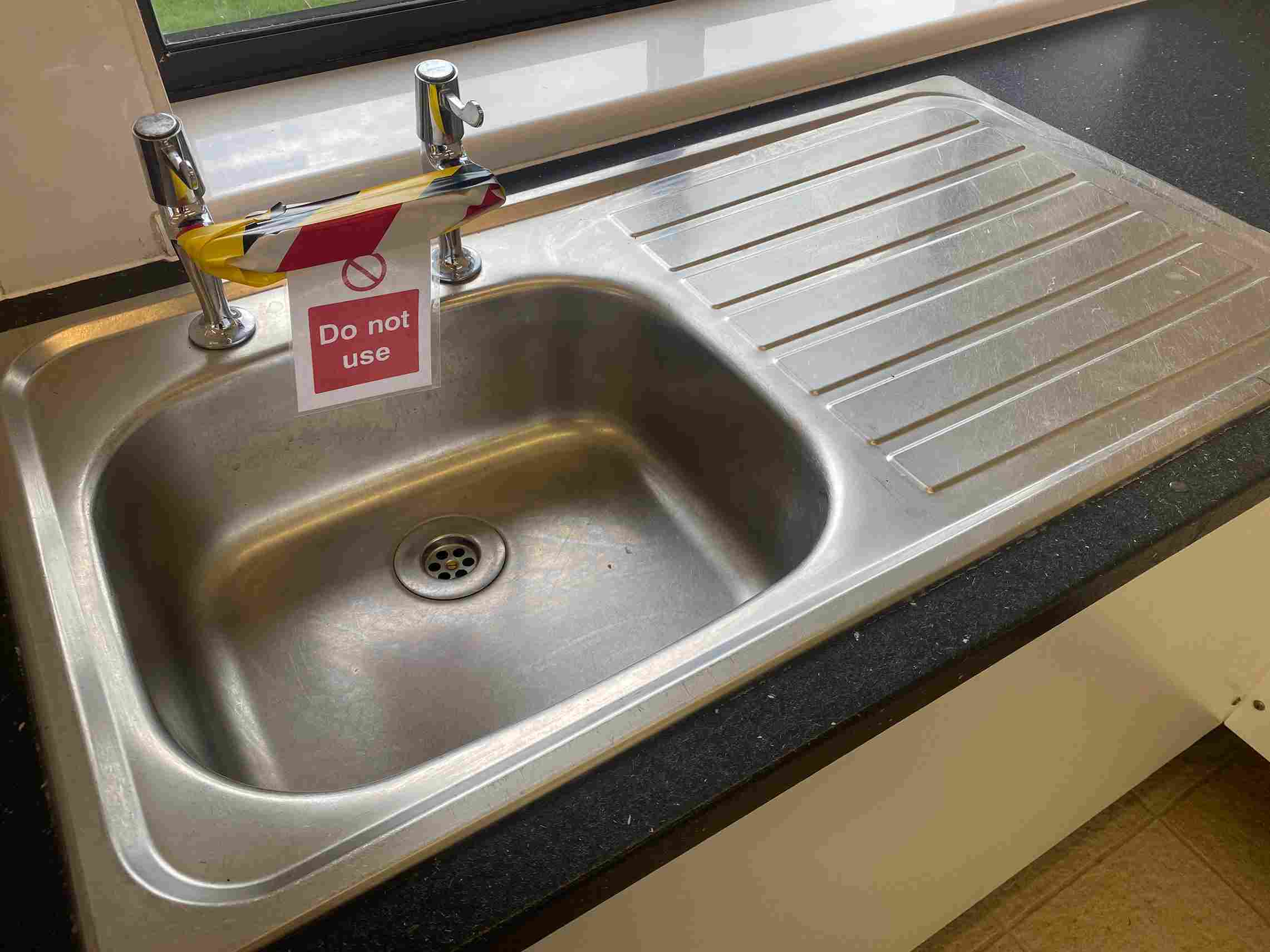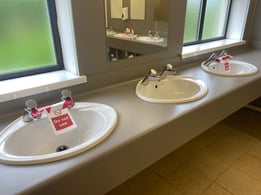
As a result of the UK being placed in to it's third lockdown due to the coronavirus pandemic, businesses, schools, offices and many other buildings once again had their use drastically altered – but has the way they are managed been altered to reflect it?
How has Covid 19 affected the way we manage Legionella?
Hopefully building owners and managers responsible for water hygiene, now have a process in place to deal with the change of use of their buildings and have adapted their schemes of control effectively, learning from the previous two lockdowns.
Buildings come in many different forms, used in many different ways and have many different types of water systems, what is common is that lockdown will potentially affect all of them. Many buildings are now vacant, many are experiencing reduced use, and in each case the water systems will require different management in comparison to ‘normal’ occupation.
A buildings Legionella Written Scheme of Control should state the procedures undertaken in that building to minimise the risk of Legionella bacteria proliferating. A Legionella Risk Assessment is critical to the preparation of the Written Scheme of Controls, but has your building had its Legionella Risk Assessment reviewed during a lockdown period?
The HSE’s HSG 274 Part 2 states Legionella Risk Assessments should be reviewed as a result of the following instances:
- A change to the water system or its use;
- A change to the use of the building where the system is installed;
- New information available about risks or control measures;
- The results of checks indicating that control measures are no longer effective;
- Changes to key personnel;
- A case of legionnaires’ disease/legionellosis associated with the system.
In the case of lockdown, has your building experienced a change of use (highlighted above)? If so, have you reacted?
Reducing a buildings occupation will reduce the amount of water being used. Slowing down water partially or completely will create areas of stagnation, which will in turn create environments for Legionella bacteria to thrive, this can be avoided in many ways.
The Legionella Control Association has published guidance (Risk Assessment and Recommissioning Process for Hot and Cold Water Systems) on how to manage your buildings during these times, and can be found here.
The Water Hygiene Centre has also offered guidance (Water Management Considerations During the Lockdown Period [COVID-19 precautions]), and is published here.
Some of the ways in which water systems have been managed differently are:
- Increased outlet flushing to replicate daily usage;
- Reducing cold water storage by lowering ball valves or bypassing completely;
- Turning off hot water systems in unoccupied buildings to reduce heat transfer to cold water systems;
- Isolating water systems at its source in unoccupied buildings, followed by a commissioning process before re-occupation;
- Isolating parts of the water system to ensure the outlets that are in use have adequate turnover;
- Decentralising hot water systems and fitting point of use water heaters at outlets so that individual areas can be managed more flexibly.
The most effective short term solution is to replicate normal building u se by outlet flushing, this may appear to be a waste of water, but it is no more than the building would ‘normally’ use, which is what it is reflecting. In addition, the cost would pale into insignificance when compared to the work involved if you do not undertake increased flushing, such as, system disinfection, water sampling and resulting remedial works.
se by outlet flushing, this may appear to be a waste of water, but it is no more than the building would ‘normally’ use, which is what it is reflecting. In addition, the cost would pale into insignificance when compared to the work involved if you do not undertake increased flushing, such as, system disinfection, water sampling and resulting remedial works.
The Water Hygiene Centre has worked closely with many different types of organisations (NHS included) during these times, many different control schemes have been formed and many lessons have been learned.
To help, here are some thoughts to consider about your management of water systems during this recent lockdown:
- Ensure outlets are flushed until the temperature is comparable to the supply water, ensure outlets are left with ‘fresh’ water and not water from another part of the system;
- If water systems have been disinfected before re-occupation, ensure they are left in a safe state for building users;
- Water sampling for Legionella is not a control scheme. There should be a reason for it, it should be planned, with corrective actions agreed if Legionella is found;
- If Legionella bacteria is found, don’t panic, determine the reasons why, lack of use perhaps? It can be easy to fall into a merry-go-round of sampling – disinfection – lack of use – sampling. If your building has reduced use, adapt you control measures, you do not need a Legionella count to tell you something has ‘changed’;
- Following a disinfection, it is not a requirement to achieve three clear TVC sample results, this is good practice for Legionella only.
If you have questions regarding the issues raised above or you would like to speak with one of our consultants please click here to get in touch.
Editor’s Note: The information provided in this blog is correct at date of original publication – January 2021.
© Water Hygiene Centre 2021








